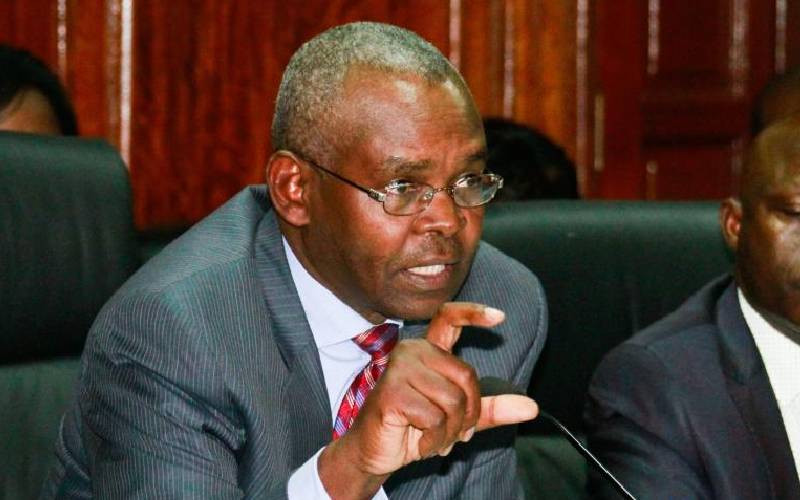In the latest Treasury bills auction conducted by the Central Bank of Kenya (CBK), the results highlighted significant developments in the country’s financial markets. The auction, which involved 91-day, 182-day, and 364-day Treasury bills, showcased both the increasing demand for short-term government securities and the rising interest rates that are reshaping the investment landscape.
High Demand for 91-Day Treasury Bills One of the most notable trends from the auction was the overwhelming demand for 91-day Treasury bills. The government offered Kshs. 4 billion for this short-term security, but the bids received amounted to Kshs. 7.9 billion, resulting in a performance rate of 197.79%. This surge in demand underscores investors’ preference for shorter-term investments in the current economic climate, likely due to uncertainty and the need for quick returns.
Mixed Performance for Longer-Term Securities In contrast, the 182-day and 364-day Treasury bills saw a more modest performance. The government offered Kshs. 10 billion each for these maturities, but the bids received were Kshs. 5.76 billion and Kshs. 5.5 billion, respectively. The performance rates for these securities were 57.60% and 54.98%, indicating a cautious approach from investors towards longer-term commitments.
Rising Interest Rates Reflect Economic Uncertainty The auction also revealed rising interest rates across all tenors. The market-weighted average interest rates stood at 15.86% for the 91-day bills, 16.73% for the 182-day bills, and 16.86% for the 364-day bills. These rates are a slight increase compared to previous auctions, reflecting the growing cost of borrowing and the CBK’s efforts to attract investors amid economic uncertainties.
Implications for the Kenyan Economy The outcomes of this auction have broader implications for Kenya’s economy. The high demand for short-term securities suggests that investors are seeking safer, more liquid assets as they navigate an environment characterized by inflationary pressures, a weakening shilling, and global economic challenges. At the same time, the rising interest rates could indicate the CBK’s tightening monetary policy to curb inflation, which may have ripple effects on borrowing costs for businesses and consumers.
Government’s Strategy and Future Outlook The government’s strategy of offering a total of Kshs. 24 billion in this auction, with a focus on short-term borrowing, aligns with its immediate liquidity needs. However, the lower-than-expected bids for longer-term securities may prompt the government to reconsider its borrowing strategy, potentially shifting towards more attractive offerings or adjusting interest rates further.
As the CBK prepares for the next Treasury bills auction, investors will be closely monitoring the economic indicators and the government’s fiscal policies. The continued rise in interest rates and the cautious investor sentiment toward longer-term securities could shape the future of Kenya’s debt management strategy and the overall economic outlook.
Conclusion The recent Treasury bills auction underscores the delicate balance that the CBK must maintain between attracting investors and managing the country’s debt. As interest rates continue to rise and economic uncertainties persist, the outcomes of these auctions will be a key barometer of Kenya’s financial health and the confidence of its investors.





